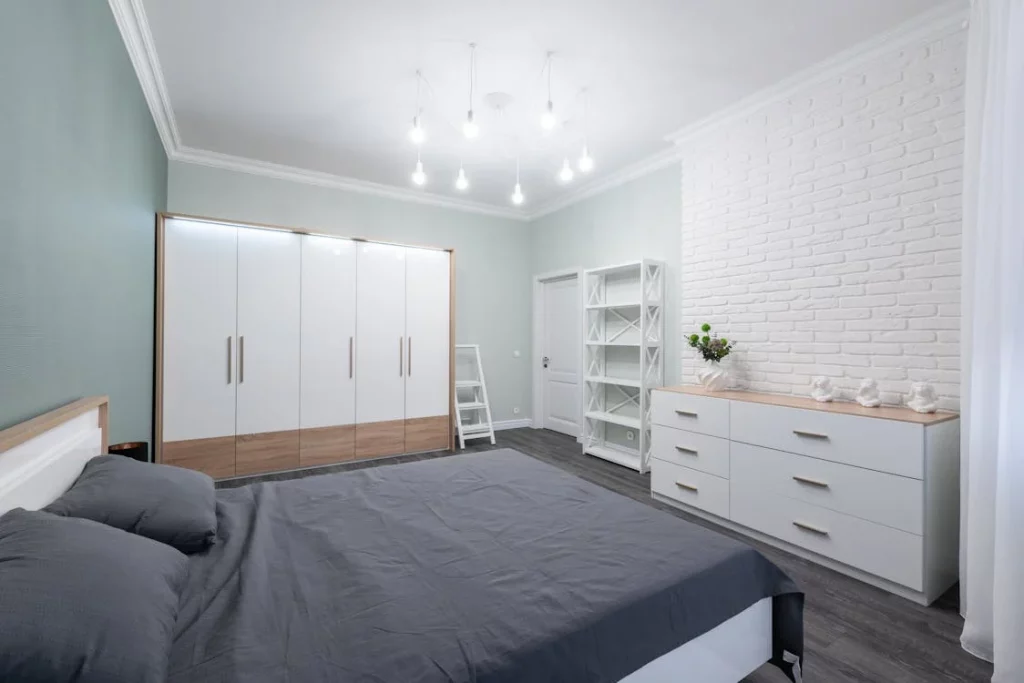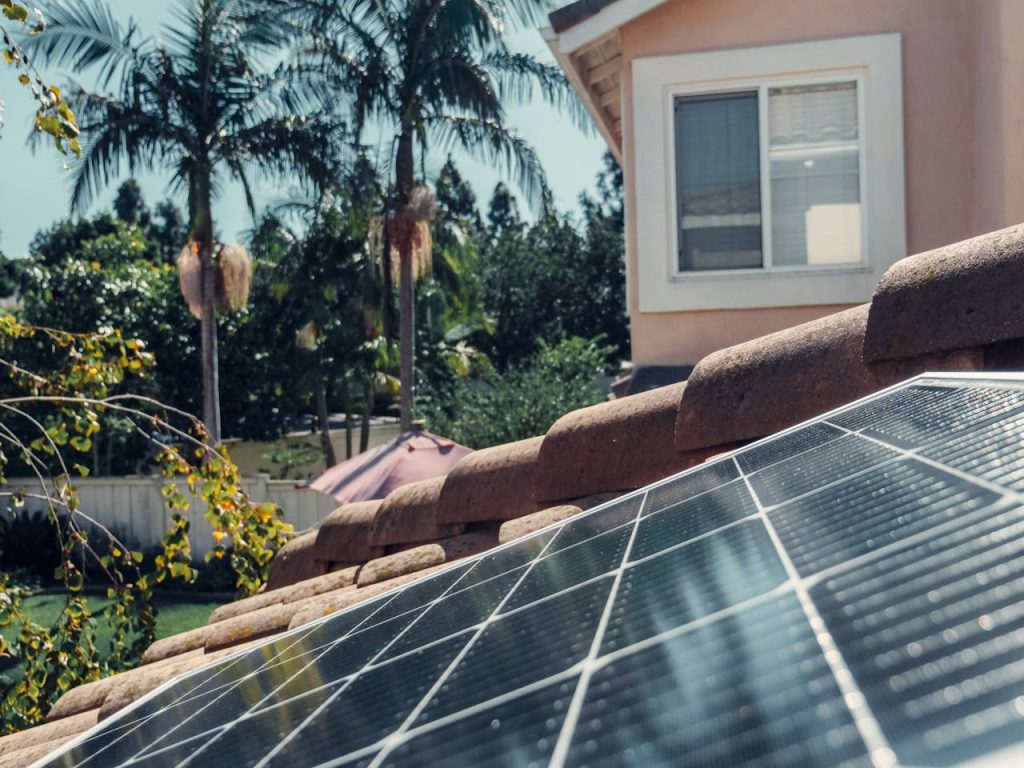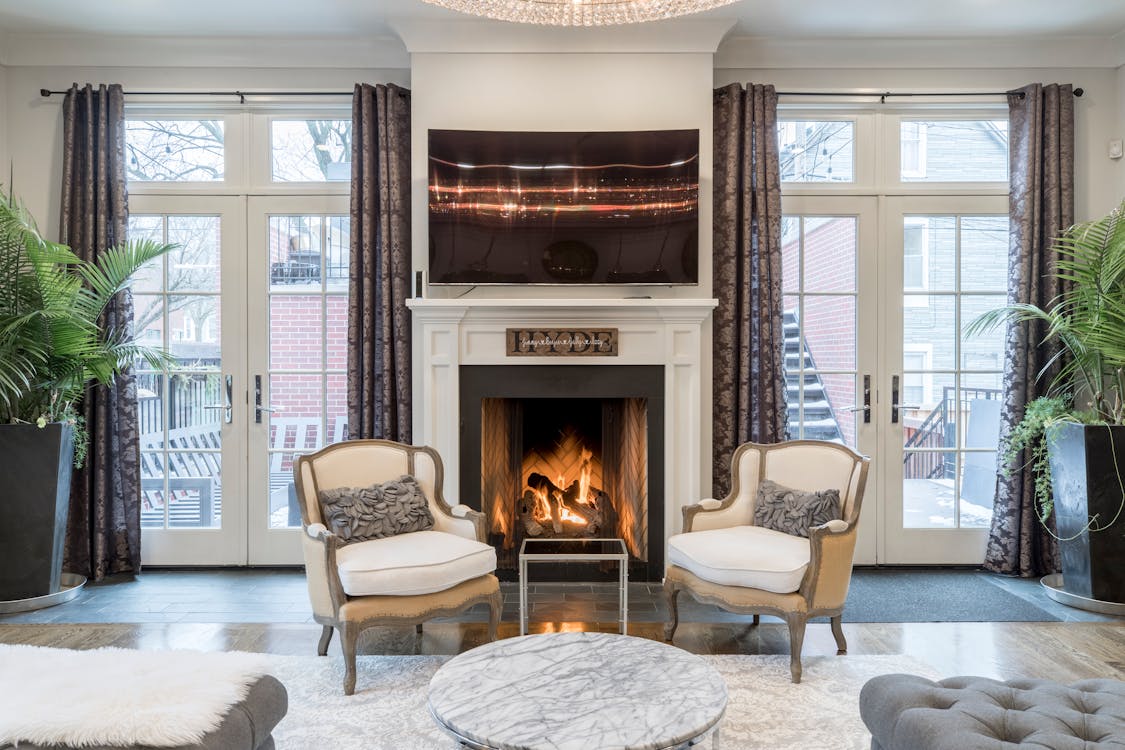
- Home renovation trends emphasize efficiency, sustainability, and personalized spaces, indicating a shift towards environmentally friendly and customizable home improvements.
- Utilizing sustainable materials like hardwood flooring offers durability and aesthetic appeal and contributes significantly to environmental health and energy efficiency.
- Integrating solar power technology in homes highlights a growing trend towards renewable energy sources, reducing energy costs and environmental impact.
- Staying updated on these trends enables homeowners to ensure their living spaces are modern, functional, and aligned with sustainability and comfort.
Home renovation is more than just a means to improve your living space—it reflects your style, responds to evolving lifestyle needs, and, increasingly, is a commitment to sustainability. Whether you’re a seasoned homeowner, a DIY enthusiast, or someone with a keen interest in interior design, understanding the latest trends in home renovation and upgrades can be an invaluable inspiration for your next project.
Overview of Current Home Renovation Trends
In recent years, we’ve witnessed a significant shift in home renovation trends, emphasizing functionality, technology integration, and sustainability. These trends aim to enhance homes’ aesthetic appeal and boost their value and comfort levels. From open-plan living spaces that foster a sense of togetherness to smart home technologies that offer unprecedented convenience, the trends are as dynamic as they are diverse.
The Importance of Upgrading Your Home
Upgrading your home is more than an investment in your property; it’s an investment in your quality of life. Enhancements, whether in form or function, can dramatically improve your living environment, making your home more comfortable, efficient, and enjoyable.
Efficient Use of Space: Maximizing Your Home’s Potential
Modern homeowners increasingly seek ways to maximize their space, leading to clever design and storage solutions that create a seamless, clutter-free environment. This includes using multi-functional furniture, hidden storage compartments, and the strategic division of open-plan spaces to serve multiple purposes.
Reimagining Living Spaces
Today’s homeowners are reimagining their living spaces to adapt to modern lifestyles. Traditional dining rooms are transitioning into multi-purpose spaces, home offices are becoming a staple in residential design, and living areas are equipped with the latest technological advancements for entertainment, work, and relaxation.
Smart Storage Solutions
Innovative storage ideas are pivotal in the modern home, enabling homeowners to maintain a tidy and organized space. From built-in wall storage to under-stair drawers and overhead cabinets, smart storage solutions can dramatically reduce clutter and enhance the functionality of every room.

The Outdoor-Indoor Transition
Designs that blur the line between external and internal living areas are becoming increasingly popular, creating a harmonious flow between gardens and indoor spaces. Large, sliding glass doors, outdoor kitchens, and comfortable garden seating areas encourage homeowners to utilize their exterior spaces as an extension of their indoor living environment.
Sustainable and Eco-Friendly Upgrades
Sustainability is no longer a niche interest but a core component of modern home renovations. Homeowners actively seek ways to minimize their environmental footprint, opting for energy-efficient appliances, systems, and sustainable materials.
Energy-Efficient Appliances and Systems
The latest green technology allows homeowners to reduce their energy consumption while maintaining high levels of comfort and convenience. Energy-efficient heating systems, low-flow water fixtures, and A++-rated appliances are just a few examples of how homes can become more eco-friendly.
Sustainable Materials
The use of eco-friendly materials in construction and renovation has surged in popularity. Bamboo flooring, recycled glass countertops, and non-toxic paints are sought after for their minimal environmental impact, durability, and aesthetic appeal. These materials contribute to a healthier home environment and promote a sustainable lifestyle.
Among other sustainable materials, hardwood flooring stands out for its durability, aesthetic appeal, and environmental benefits. Sourced from responsibly managed forests, it provides an eco-friendly option that contributes to the health of our planet. Hardwood floors can last for generations, reducing the need for frequent replacements and minimizing waste. Additionally, the natural insulating properties of wood contribute to energy efficiency, keeping homes warmer in the winter and cooler in the summer.
Solar Power Integration
Incorporating solar technology into residential spaces is a growing trend among eco-conscious homeowners. Solar panels and heating systems represent a sustainable, long-term investment, significantly reducing energy costs and contributing to a greener planet.

Conclusion
The trends in home renovation and upgrades reflect a broader shift towards efficiency, sustainability, and personalized living spaces. As homeowners continue to explore new ways to improve their homes, these trends are set to evolve, offering endless possibilities for customization and innovation.
The future of home renovation promises even more exciting developments, with technology and sustainability at its core. By staying informed about these trends, homeowners can ensure that their spaces remain modern and functional, providing comfort and style for years.



